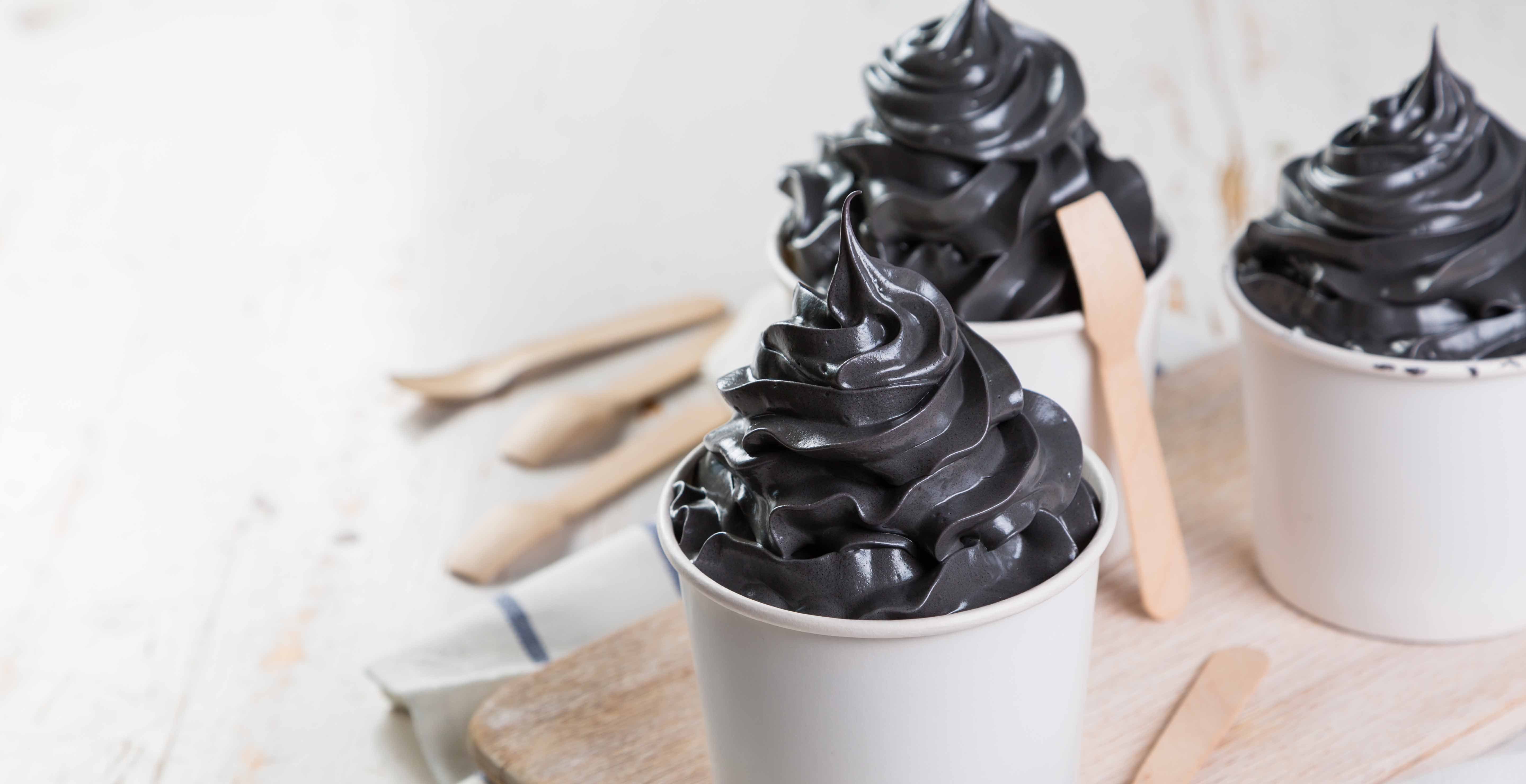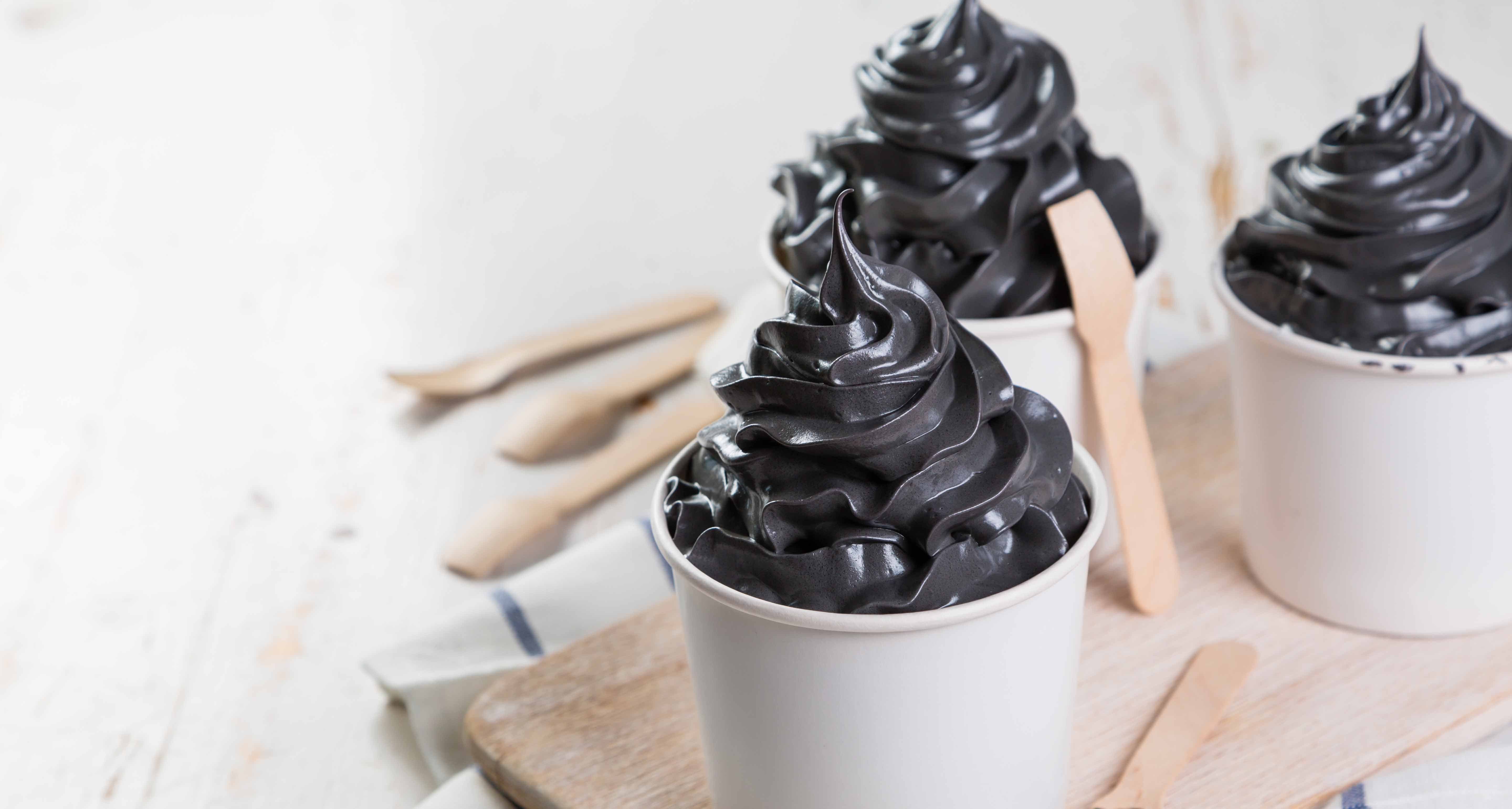What’s the Deal with Charcoal?


It’s all over the place as of late – charcoal face masks, charcoal pore strips, charcoal detoxes, charcoal everything. So what is it exactly – is it literally the same stuff in your barbecue? – and what are the health claims behind it?
The type of charcoal that should be used in all of these health treatments is activated charcoal, which, according to natural health website DrAxe.com, is “a potent natural treatment used to trap toxins and chemicals in the body, allowing them to be flushed out so the body doesn’t reabsorb them. It’s made from a variety of sources, but when used for natural healing, it’s important to select activated charcoal made from coconut shells or other natural sources.”
The detoxifying ability of charcoal is said to work “through the chemical process of adsorption. In the body, absorption is the reaction of elements, including nutrients, chemicals and toxins, soaked up and assimilated into the blood stream. Adsorption is the chemical reaction where elements bind to a surface.”
“The charcoal trend really took flight when [Gwyneth Paltrow’s] GOOP started talking about it!” says Toronto-based chef and holistic nutritionist Bianca Osbourne. “And I think it's trendy because there are so many marketable wellness benefits.”
Osbourne explains that charcoal, touted as an all-encompassing detoxifier, has purported health benefits such as alleviating uncomfortable gas and bloating and curing alcohol poisoning, and hangovers. Activated charcoal is also commonly used as a medical treatment for poisoning and drug overdoses, according to DrAxe.com. It’s also what you’ll find inside the filters of that water filtration jug you may have in your fridge.
“However, the trend du jour is charcoal for teeth whitening, but it's more than just teeth whitening,” Osbourne says. “Charcoal is purported to absorb plaque and microscopic tidbits that stain teeth, while balancing pH [levels] in the mouth, which helps prevent cavities, bad breath, and gum disease.”
Activated charcoal has certainly taken off as a trend, but it has not been fully explored by the scientific community.
“Though there is much anecdotal evidence that charcoal provides the aforementioned benefits, there aren't many scientific studies to support many of the claims. But that doesn't seem to bother most consumers, and because charcoal is generally regarded as safe, there is very little risk in trying it,” says Osbourne.
However, as with anything, it is important to do your research before purchasing charcoal or a charcoal product if you’re going to try it.
“Charcoal comes most commonly in powder format, which lends itself well to cooking and other methods of use; that said those intending to ingest charcoal should ensure that the charcoal they purchase is food grade, is just activated charcoal (free from additives) and from a reputable source,” Osbourne says.
As a chef, she has seen charcoal used in everything from ice cream to pie filling to juices, but she’s also seen it added to homemade mouthwash and has herself used it as an underarm detox.
“When I was transitioning from traditional to natural deodorant, I would do charcoal underarm detoxes (like an armpit mask) and it worked to help with the stinky transition,” Osbourne explains. She also uses a charcoal face mask and face wash. “I’ve definitely bought into the trend.”
